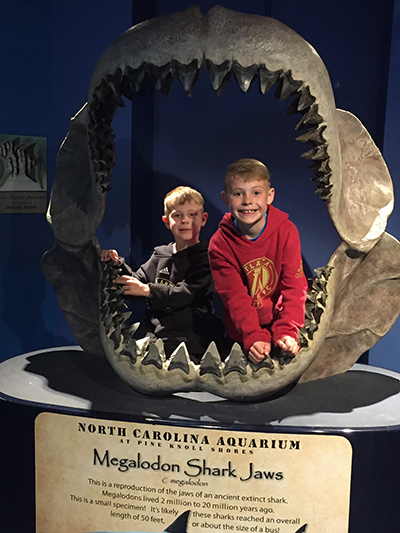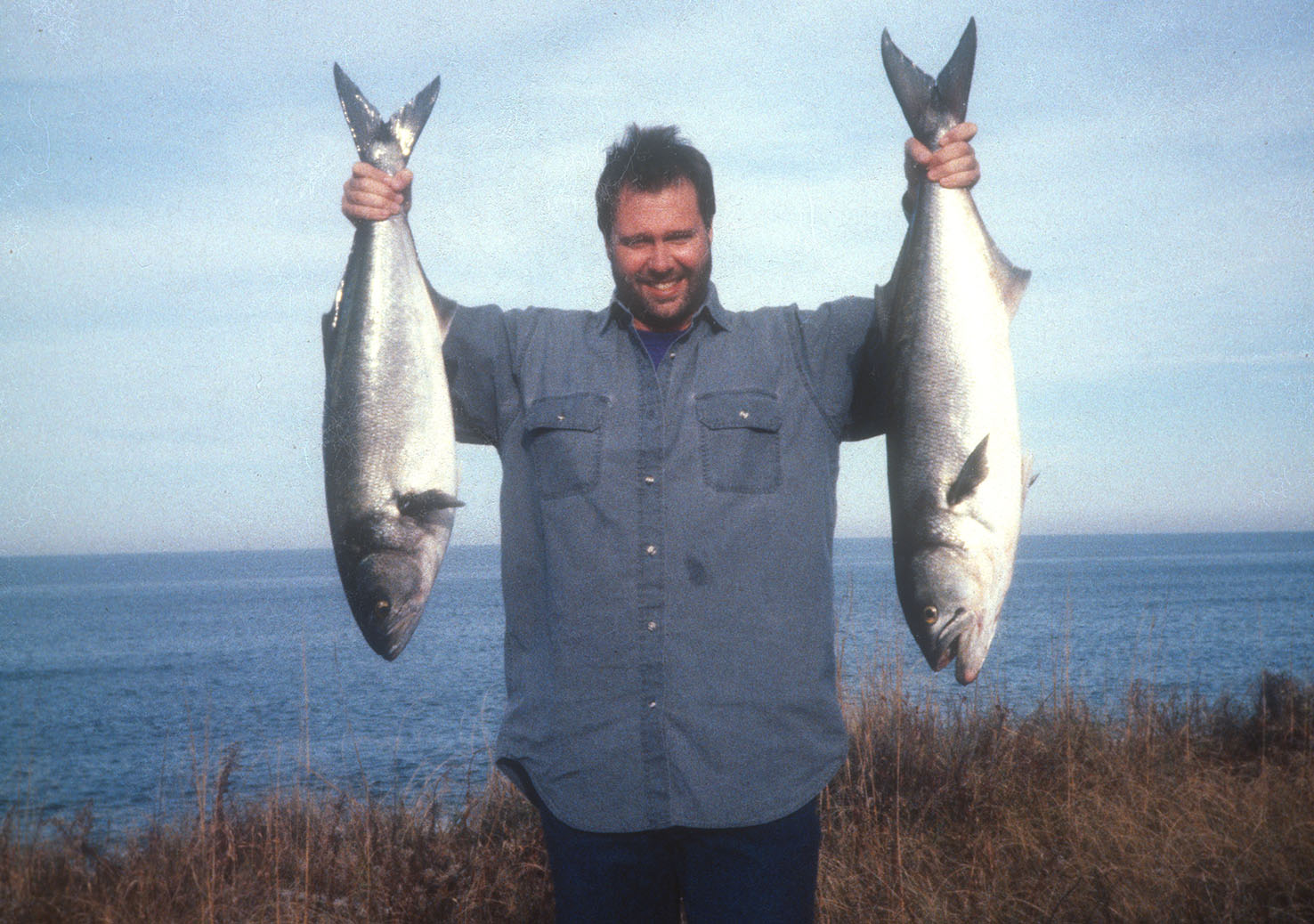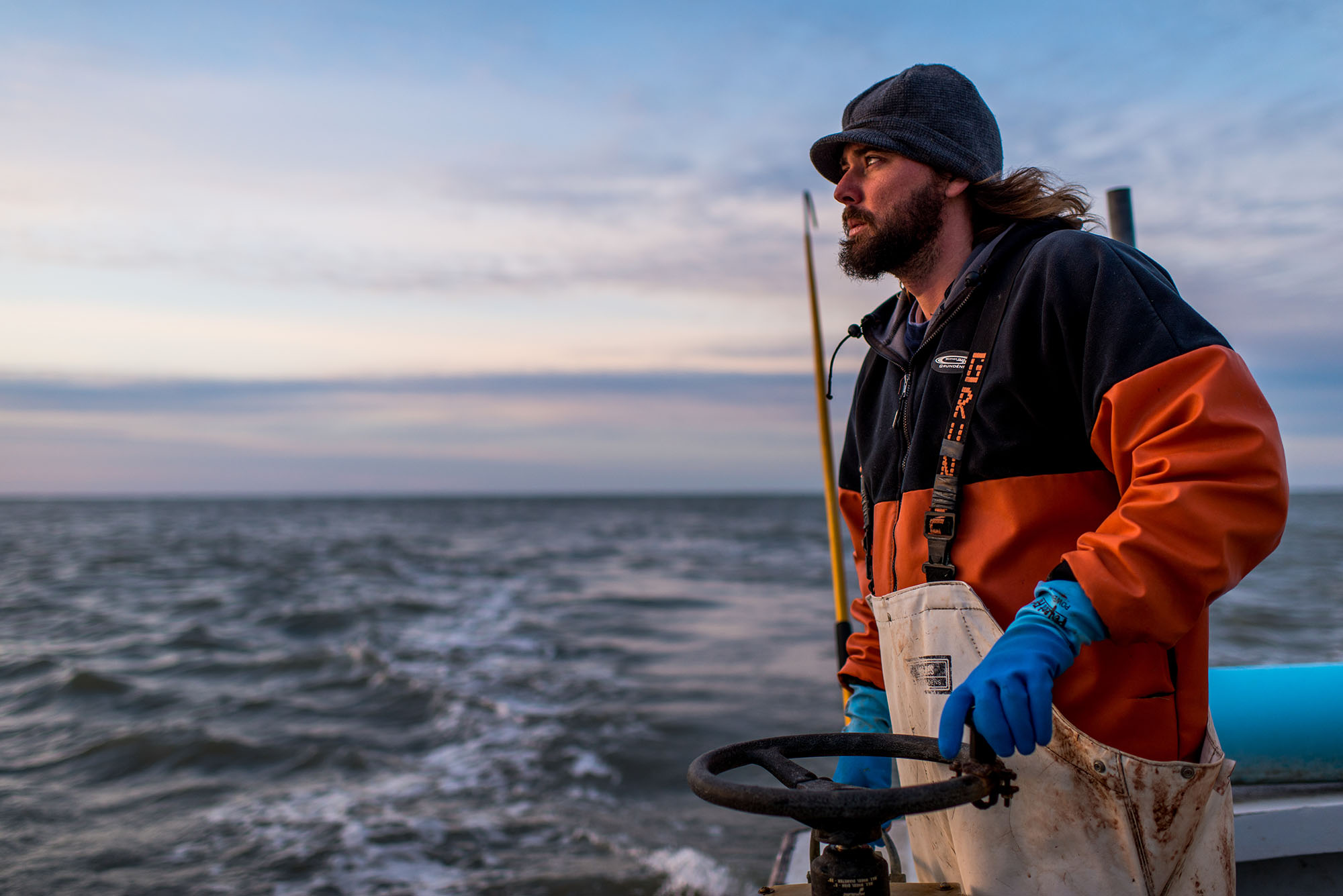Letter from the Executive Director
Spring Arrivals: Fresh Ideas and New Perspectives

Spring is a time of growth, renewal and expansion. Coastal North Carolina seems to be in a constant state of renewal, as every season produces a notable abundance of new opportunities for fisheries, tourism and more.
For me, a recent school vacation was a breather from our family’s day-to-day routines. I certainly felt (somewhat) revived after spending a week at the coast. Highlights included visits to Cape Lookout National Seashore, the N.C. Maritime Museum in Beaufort, and the N.C. Aquarium at Pine Knoll Shores, along with a breezy beach picnic with good friends, and many a mini-golf game. We also glimpsed the spring cycles of oysters and clams as we explored — and ate — the season’s fresh catch.
As I purchased cute souvenirs with turtle and otter themes, I thought about what drives our coastal economy throughout the year — a topic always on my mind. These vibrant communities constantly renew themselves with creative tourism and business ideas and new ways of supporting job development.
With leaders along the coast and inland, North Carolina Sea Grant actively seeks opportunities to support resilient coastal communities and economies. You’ll learn of one example in “Charting the Course” (page 6), about a collaborative research project that seeks to support and strengthen social links within fishing communities to help sustain their economic successes.
I also recently planted our family’s own spring vegetable garden. While it’s more demonstrative then productive, I felt rejuvenated getting my hands dirty!
You can join in native landscaping efforts at the coast, and inland. Check out Paul E. Hosier’s updated guide, Seacoast Plants of the Carolinas, to be published in June by the University of North Carolina Press in partnership with Sea Grant. Details are on the back cover, and watch for an excerpt in your Summer Coastwatch.

In the meantime, head now to page 34 for results of a survey conducted by Adam Walters when he was a graduate student at NC State’s College of Design. He identifies landscaping preferences among residents along tidal creeks. The topic fits well with the emerging Coastal Landscapes Initiative that Sea Grant extension specialists are developing with a range of partners.
This spring also has brought fresh ideas to Sea Grant and our colleagues at the state’s Water Resources Research Institute. Frank Lopez has joined us as extension director for both programs. Read more about Frank on page 4.
We also have welcomed three new members to our North Carolina Sea Grant Advisory Board: Suzette Kimball, retired director of the United States Geological Survey; Deborah Hamrick, director of specialty crops for the N.C. Farm Bureau; and Kenny Flowers, the N.C. Department of Commerce’s assistant secretary for rural economic development. We also thanked Laura Taylor, director of the Center for Environmental and Resource Economic Policy at NC State, who recently had her last meeting as a member of our board before she takes a new role at Georgia Tech.
Our advisors nurture our programs — and expand our impacts across coastal watersheds and communities. We thank them all for their service to the coastal region and our state overall. And, we ask you to welcome Frank in the coming months as he visits our coastal offices and meets partners from universities and community organizations.
We also bid adieu to Jack Thigpen, who recently retired as extension director — and who’s likely rowing across a Tennessee waterway right now. But I suspect we’ll hear from him in the near future. He continues to be a leader in promoting and supporting the development of paddling routes and birding trails that allow us to explore and renew ourselves within North Carolina’s beautiful ecosystems.
As always, I invite you to let me know how you see Sea Grant research and outreach benefiting our state. Send an email to snwhite3@ncsu.edu. Even better, tell me: What coastal experiences revitalize you?
- Categories:


